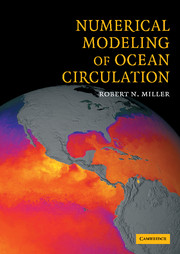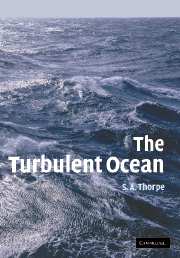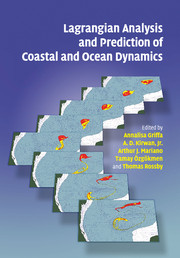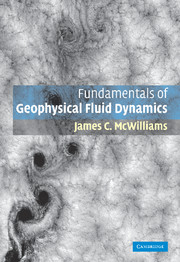Numerical Modeling of Ocean Circulation
The modelling of ocean circulation is important not only for its own sake, but also in terms of the prediction of weather patterns and the effects of climate change. This 2007 book introduces the basic computational techniques necessary for all models of the ocean and atmosphere, and the conditions they must satisfy. It describes the workings of ocean models, the problems that must be solved in their construction, and how to evaluate computational results. Major emphasis is placed on examining ocean models critically, and determining what they do well and what they do poorly. Numerical analysis is introduced as needed, and exercises are included to illustrate major points. Developed from notes for a course taught in physical oceanography at the College of Oceanic and Atmospheric Sciences at Oregon State University, this book is ideal for graduate students of oceanography, geophysics, climatology and atmospheric science, and researchers in oceanography and atmospheric science.
- Features examples and critical examination of ocean modelling and results
- Demonstrates the strengths and weaknesses of different approaches
- Includes exercises to illustrate major points and supplement mathematical and physical details
Product details
February 2007Hardback
9780521781824
254 pages
244 × 170 × 16 mm
0.61kg
85 b/w illus. 23 exercises
Available
Table of Contents
- 1. Introduction
- 2. Some basic results from numerical analysis
- 3. Shallow-water models: the simplest ocean models
- 4. Primitive equation models
- 5. Quasigeostrophic models
- 6. Models of the coastal ocean
- 7. Models of the tropical ocean
- References
- Index.









